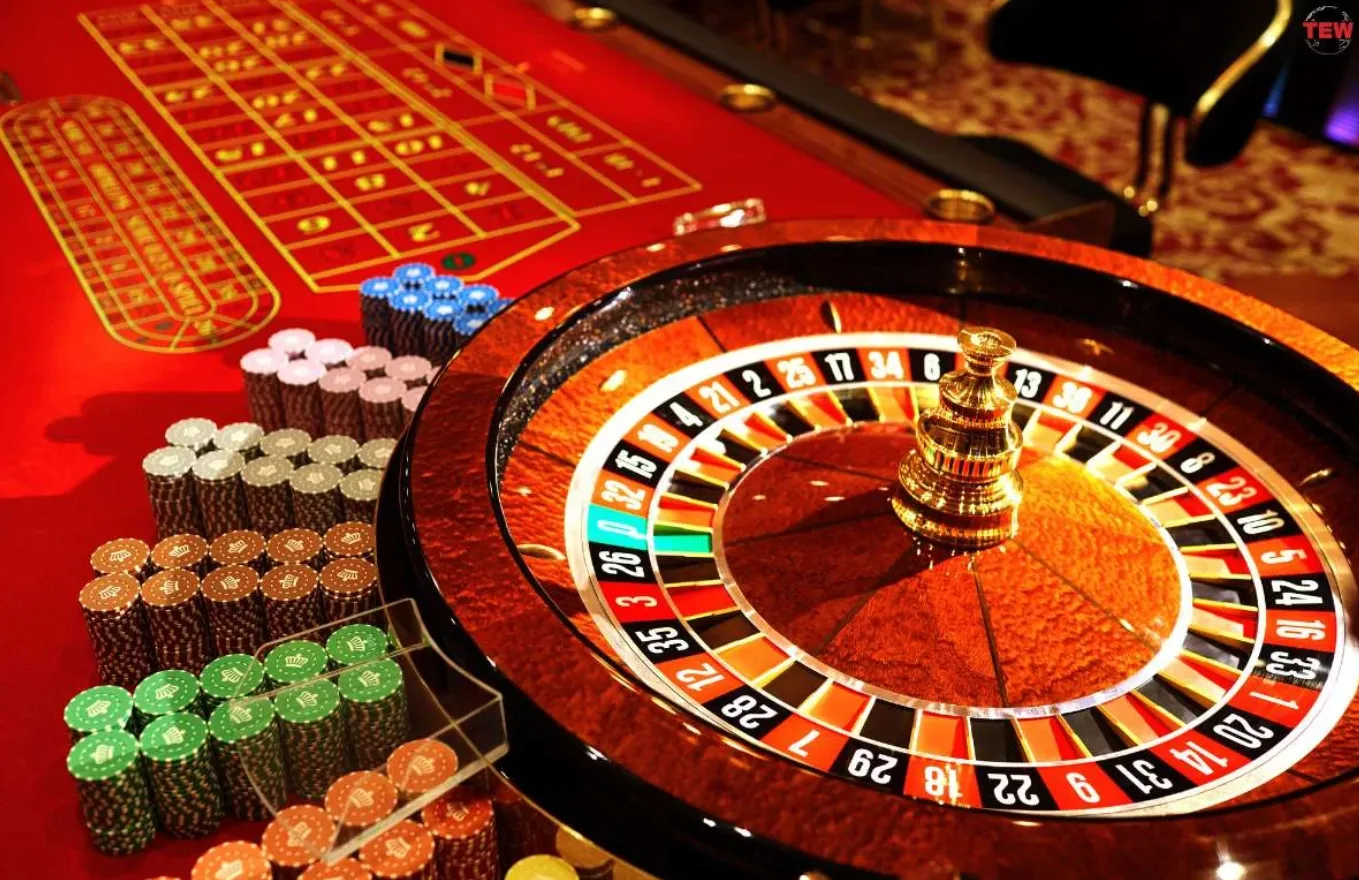
Walking into a modern casino feels like stepping into a carefully crafted world of excitement, tradition, and constant reinvention. People from different backgrounds gather around tables or machines, each following personal rituals and strategies. For some, the thrill is in the atmosphere, the colors, and the sounds; for others, it is the calculated risk of placing bets in hopes of achieving a reward. The casino has always been more than just a place to gamble—it is a microcosm of entertainment, psychology, and social interaction.
Casinos are designed with incredible attention to detail, blending architecture, lighting, and interior design to stimulate curiosity and anticipation. Even the smallest details, such as the placement of chairs or the flow of the floor plan, are engineered to create an immersive experience. At the heart of it all are the games—each one with its own history, style, and rules. Whether someone sits at a card table or tries their hand at roulette, the casino becomes a stage where decisions are made, risks are taken, and bets represent both opportunity and uncertainty.
One fascinating aspect of casino culture is how it reflects broader human behavior. People often associate casinos with chance, but in reality, many players rely on tradition, superstition, or calculated strategy. Some wear lucky charms, others repeat certain actions before playing, and many cling to rituals that, while having no influence on the outcome, provide comfort. This interplay of logic and emotion is what makes the environment so intriguing. The games may be mathematical in nature, but the decisions are deeply human.
Another layer to consider is the social dimension of casinos. While online platforms have created individual ways to participate, the physical casino continues to thrive because it provides a sense of community. Strangers often become temporary allies at a table, celebrating each other’s wins and sympathizing with losses. This shared experience adds depth to the environment, reminding us that gambling is not only about individual outcomes but also about connection.
Casinos also hold a prominent place in cultural narratives. From films and novels to folklore and history, they symbolize both glamour and caution. On one hand, they represent ambition, chance, and the allure of fortune. On the other, they serve as a reminder of unpredictability and the consequences of risk. This duality is part of why casinos continue to fascinate people across generations. They are both aspirational and cautionary, offering stories of sudden triumphs as well as sobering losses.
The technological transformation of casinos adds another dimension to their story. Digital innovations, from advanced gaming machines to immersive virtual experiences, have changed the way people interact with games. Yet, despite all these changes, the essence of the casino remains rooted in tradition. The tactile feel of cards, the spinning of a wheel, the anticipation of dice rolling—these elements continue to hold powerful appeal, regardless of how modern the surroundings become.
Perhaps what makes the casino so enduring is its ability to balance permanence with change. The core remains the same: a place where individuals test their luck, skill, and intuition. But the methods evolve, incorporating new technology, themes, and cultural influences. This adaptability ensures that casinos remain not only relevant but also central to entertainment landscapes worldwide.
In the end, the casino is less about the outcome of a single game and more about the experience as a whole. It is about stepping into a space where chance and choice coexist, where anticipation lingers in the air, and where every decision—small or large—feels significant. That unique combination of psychology, community, and spectacle ensures that the casino will continue to occupy a distinct place in global culture for many years to come.